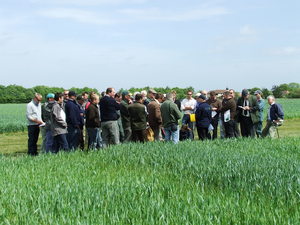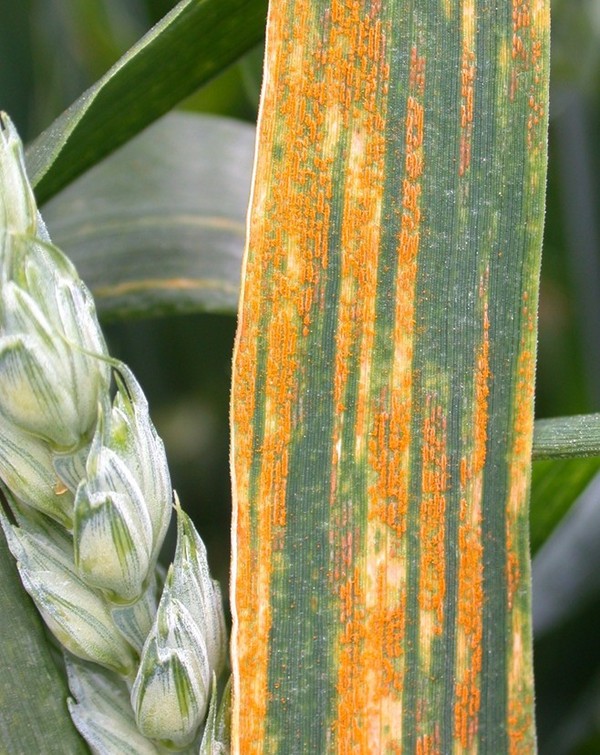What has NIAB ever done for you?
| Bill Clark has worked with NIAB for many years, but it wasn’t until he joined as the Commercial Technical Director in March this year that he realised the breadth of work NIAB was involved in. |
It’s a bit like the question ‘what did the Romans ever do for us - apart from roads, sanitation, education, aqueducts, medicine...’


 it comes to yellow rust; with levels of active rust currently increasing dramatically across a wide range of varieties.
it comes to yellow rust; with levels of active rust currently increasing dramatically across a wide range of varieties.